Exploring ancient archaeological sites is like stepping back into the pages of history. Each site holds unique stories, cultural mysteries, and architectural marvels that continue to captivate us. They are more than remnants; they are windows into human resilience, creativity, and spirituality. Let’s uncover the secrets of some of the world’s most astonishing archaeological sites, each a lasting testament to ancient cultures.
Machu Picchu, Peru
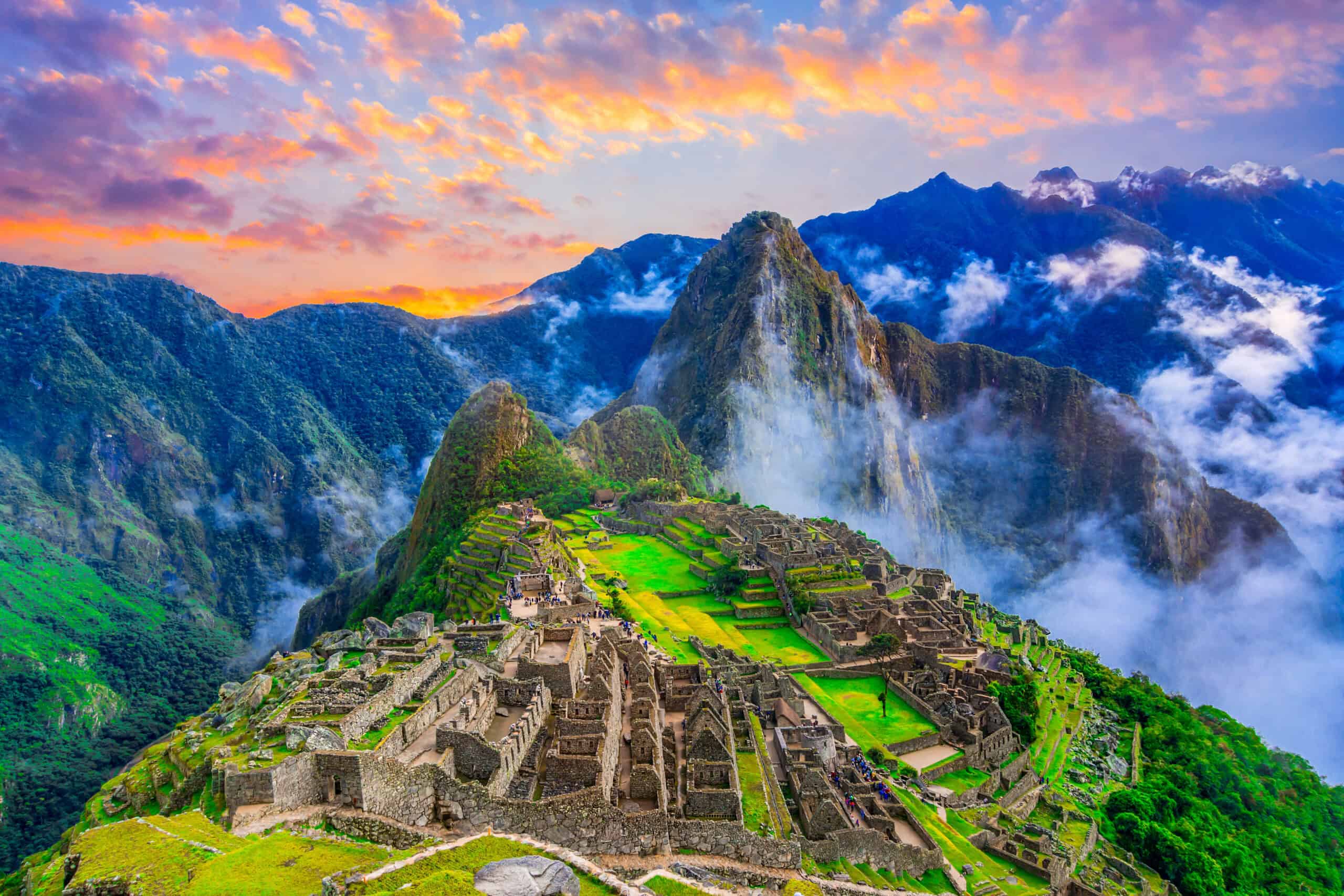
Machu Picchu, nestled high in the Andes Mountains, was once an important center for the Inca civilization. Built in the 15th century, this incredible site remains one of the most well-preserved ancient cities in the world. The citadel’s complex architecture showcases advanced engineering, with temples, terraces, and aqueducts seamlessly built into the mountainous landscape. Historians believe Machu Picchu may have served as a royal estate or a religious retreat. Stone structures fit together so precisely that not even a blade can pass between them, demonstrating the Incas’ masterful stonework. Surrounded by lush greenery and steep cliffs, the site offers breathtaking views of the Urubamba River valley. Machu Picchu remains a symbol of Inca ingenuity and resilience, attracting millions of visitors each year.
Petra, Jordan

Petra, famously known as the “Rose City,” stands as a marvel of ancient engineering and culture hidden within the deserts of Jordan. Carved directly into red sandstone cliffs, Petra’s structures date back over 2,000 years and were once part of a thriving Nabataean kingdom. This UNESCO World Heritage Site features impressive facades, including the renowned Treasury and Monastery, adorned with intricate carvings. Petra was an important stop on ancient trade routes, linking Arabia with the Mediterranean world. Its innovative water storage system allowed the city to flourish in an arid landscape, showcasing the Nabataeans’ advanced knowledge of engineering. As you walk through the narrow Siq canyon entrance, towering rock walls reveal Petra’s grandeur, leaving a lasting impression on every visitor.
Angkor Wat, Cambodia
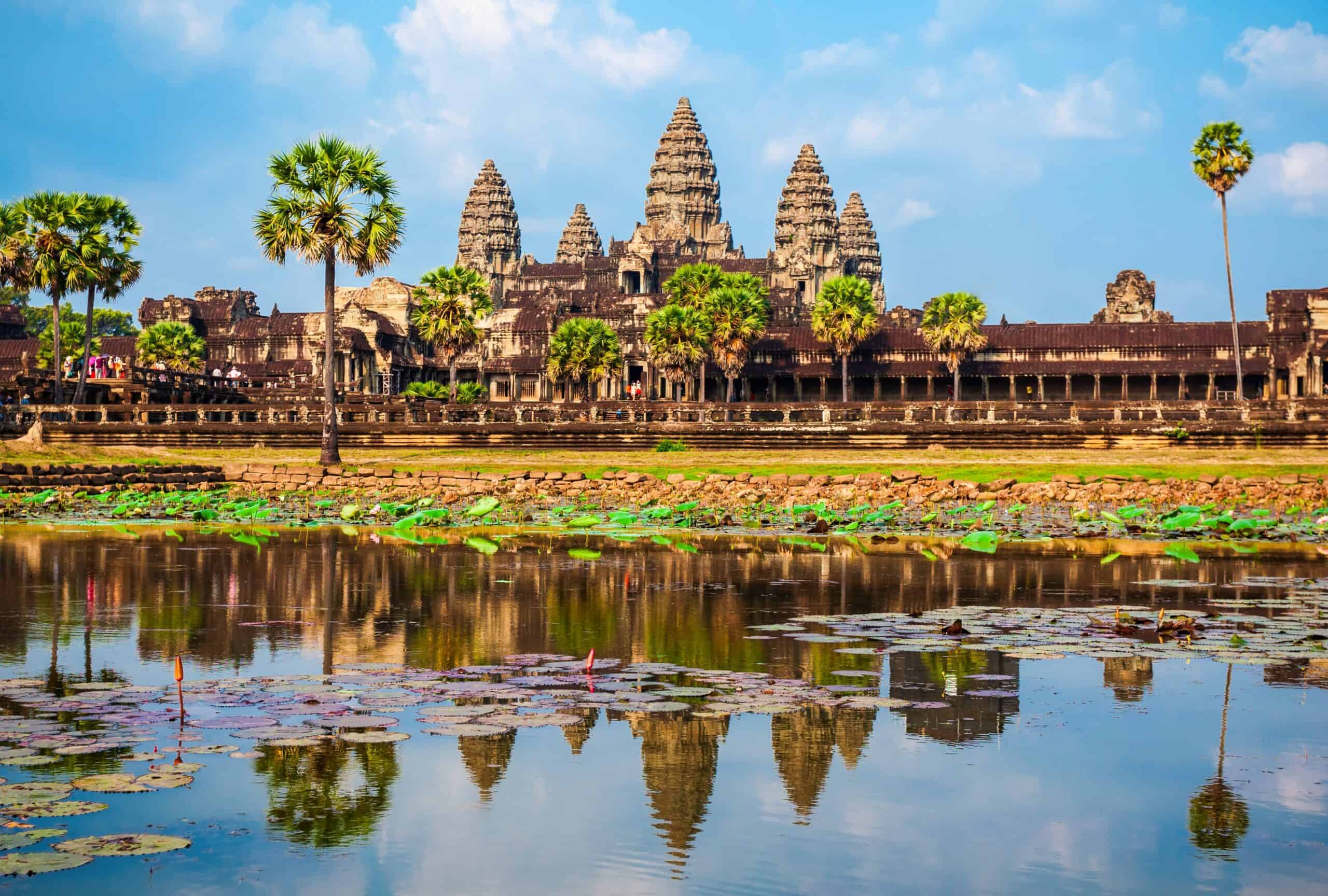
Angkor Wat, the largest religious monument on Earth, remains a powerful symbol of Khmer culture and achievement. Originally built in the early 12th century as a Hindu temple, Angkor Wat later transformed into a Buddhist site, illustrating Cambodia’s evolving spiritual heritage. The temple complex stretches over 400 acres, featuring intricately carved towers, bas-reliefs, and expansive galleries. Each wall tells stories from Hindu mythology, with carvings depicting gods, dancers, and epic battles. Surrounded by a massive moat, Angkor Wat is a feat of architectural precision, aligned perfectly with the movements of the sun. This iconic site stands as a testament to the Khmer Empire’s strength and artistry, drawing visitors from around the world who seek to experience its timeless beauty.
Pompeii, Italy
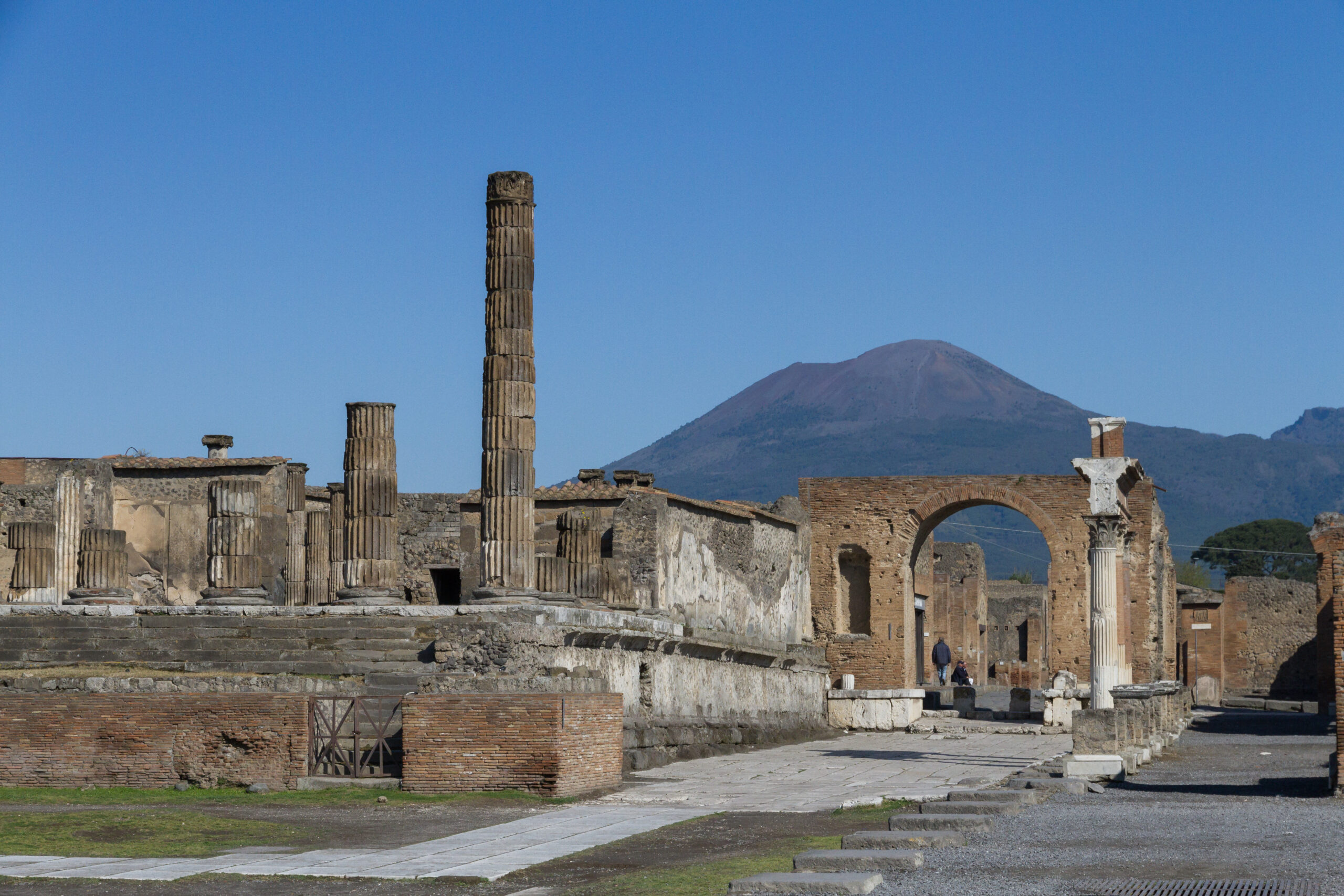
Pompeii offers a unique, preserved glimpse into Roman life, frozen in time by the catastrophic eruption of Mount Vesuvius in 79 A.D. This ancient city, buried under ash and pumice, was discovered nearly intact in the 18th century, revealing homes, shops, and public spaces as they stood thousands of years ago. Murals, mosaics, and sculptures capture daily Roman activities, from bustling markets to luxurious banquets. Streets lined with well-preserved buildings showcase advanced urban planning, including public baths, theaters, and even fast-food stalls. Casts of the volcano’s victims offer a haunting reminder of the eruption’s devastation. Pompeii remains one of the world’s most important archaeological sites, shedding light on the complexities of Roman society and culture.
Great Pyramids of Giza, Egypt
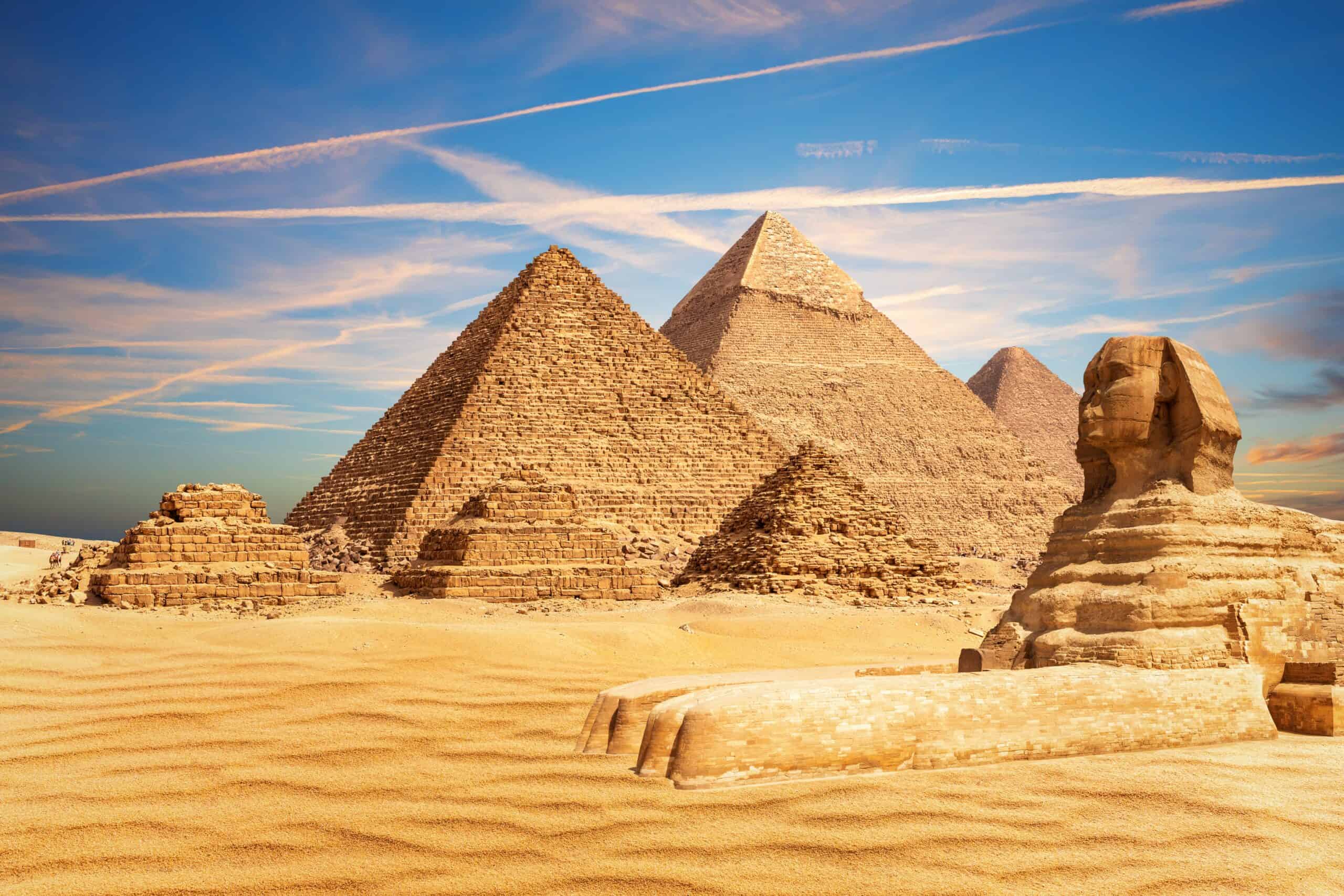
The Great Pyramids of Giza, built as royal tombs for Egypt’s pharaohs, stand as one of the ancient world’s most extraordinary achievements. Constructed over 4,500 years ago, the pyramids showcase the Egyptians’ sophisticated knowledge of engineering and mathematics. The largest, the Great Pyramid of Khufu, was the tallest man-made structure in the world for nearly 4,000 years. These monumental tombs were designed to ensure the pharaohs’ safe journey into the afterlife, adorned with treasures, and surrounded by temples and smaller pyramids. Each block, weighing several tons, was meticulously arranged to form these precise, towering structures. Today, the pyramids continue to puzzle historians and engineers, remaining a symbol of Egypt’s enduring legacy.
Stonehenge, England
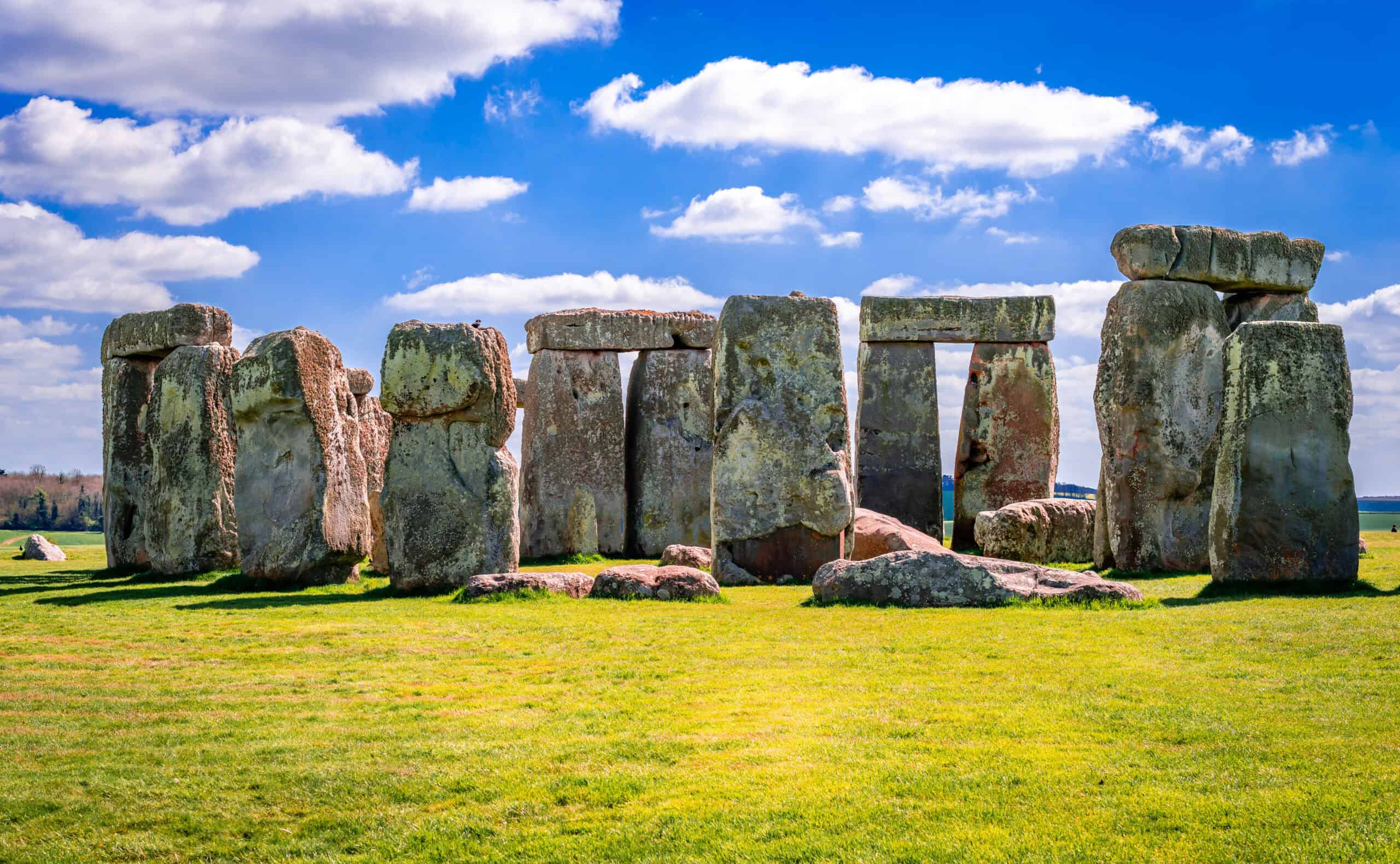
Stonehenge, located on the Salisbury Plain in England, is one of the world’s most mysterious and iconic ancient structures. This prehistoric stone circle, believed to have been built over 5,000 years ago, has intrigued scholars and visitors for centuries. Massive stones, some weighing up to 25 tons, are precisely arranged in a circular pattern, showcasing impressive prehistoric engineering. Archaeologists debate its purpose, with theories suggesting it may have served as an astronomical calendar, a religious site, or a burial ground. The site aligns with the solstices, hinting at a deep understanding of celestial patterns by its builders. Surrounded by grassy plains and ancient burial mounds, Stonehenge stands as a testament to early human ingenuity and spiritual connection with the cosmos.
Tikal, Guatemala
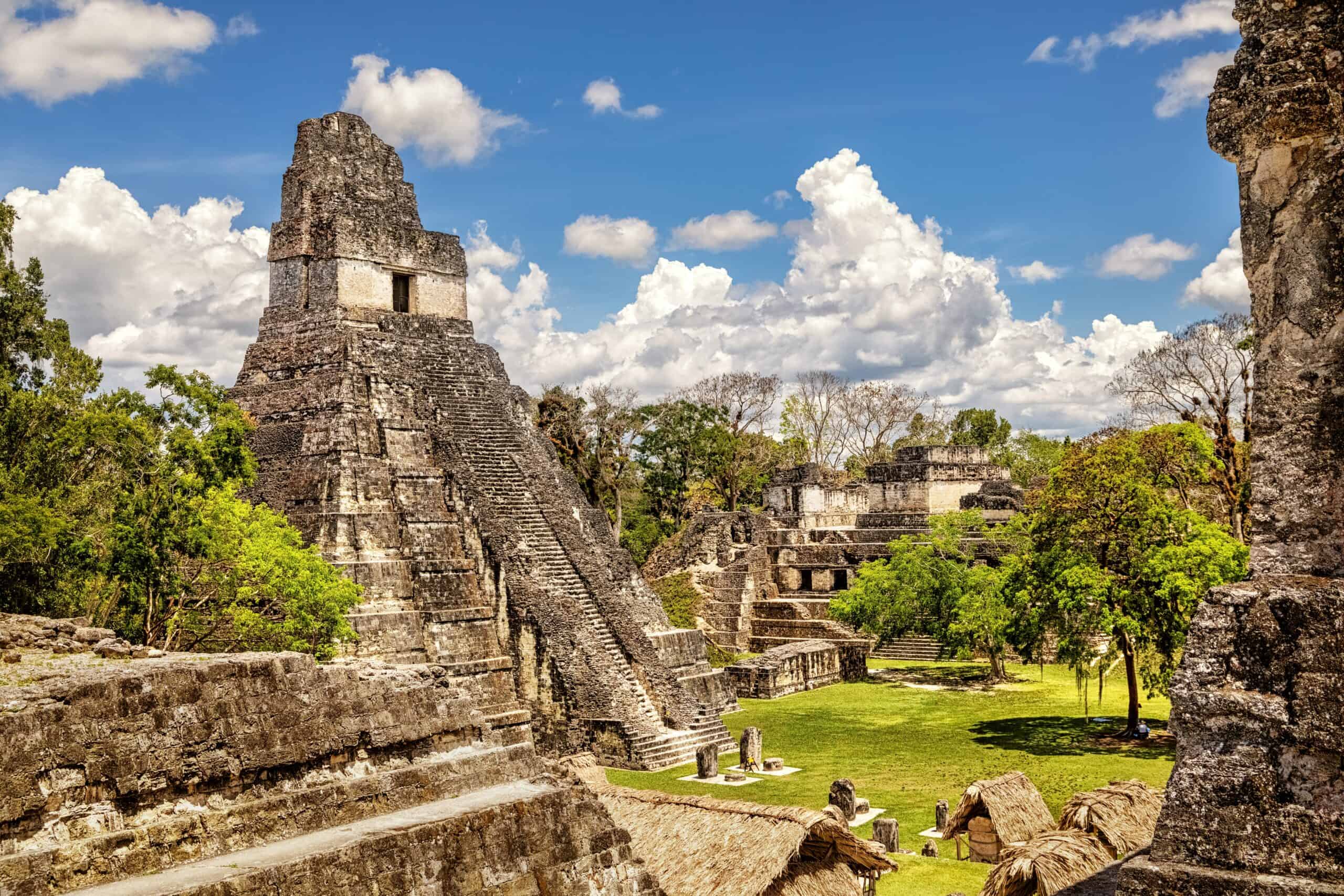
Tikal, located deep in the Guatemalan rainforest, was once a major city of the ancient Maya civilization. Built around the 4th century B.C., Tikal features towering pyramids, ceremonial plazas, and sprawling structures that demonstrate advanced Mayan architectural skill. The Grand Plaza, flanked by two massive pyramids, is the heart of this incredible site. Archaeologists believe Tikal served as a significant political, economic, and religious center for the Maya. Its temples rise above the jungle canopy, offering breathtaking views and a sense of the site’s former grandeur. The city is also home to stelae and altars that depict Mayan rulers and gods, giving insight into their complex beliefs. Visitors to Tikal are immersed in a mystical atmosphere, surrounded by lush forests and the echoes of ancient rituals.
Chichen Itza, Mexico
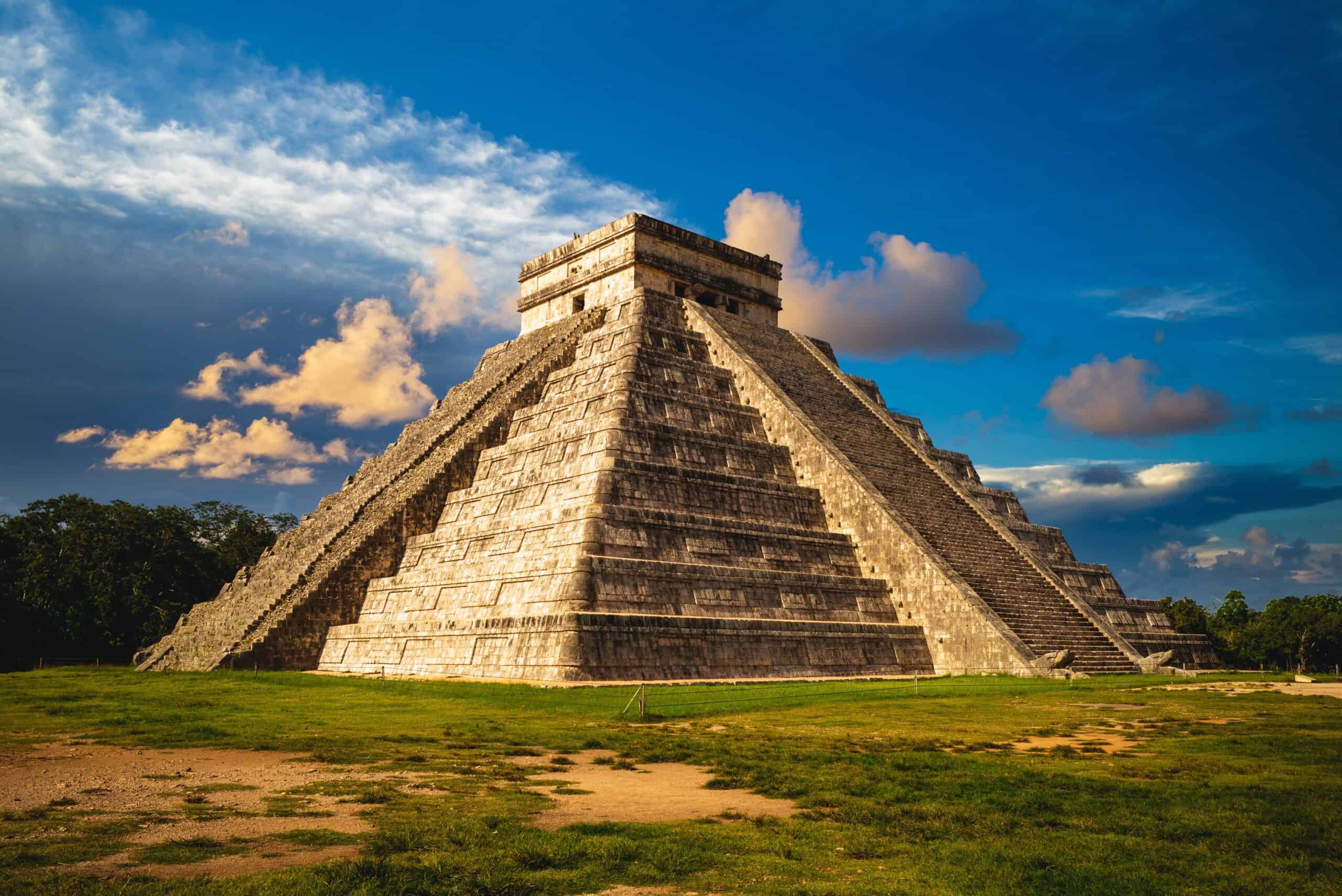
Chichen Itza, one of Mexico’s most famous ancient sites, reflects the brilliance of the Mayan civilization. The city reached its peak between the 9th and 12th centuries, with its centerpiece, El Castillo, standing as a remarkable step-pyramid dedicated to the god Kukulcan. During the spring and autumn equinoxes, a shadow resembling a serpent descends the pyramid’s stairs, symbolizing the god’s return, highlighting the Mayans’ impressive astronomical knowledge. Chichen Itza is filled with other structures, such as the Temple of the Warriors and the Great Ball Court, each serving unique cultural and ceremonial purposes. The city was a vital hub for commerce, religion, and social gatherings, attracting people from various regions. Today, Chichen Itza captivates visitors with its stunning architecture and mysterious history.
Göbekli Tepe, Turkey
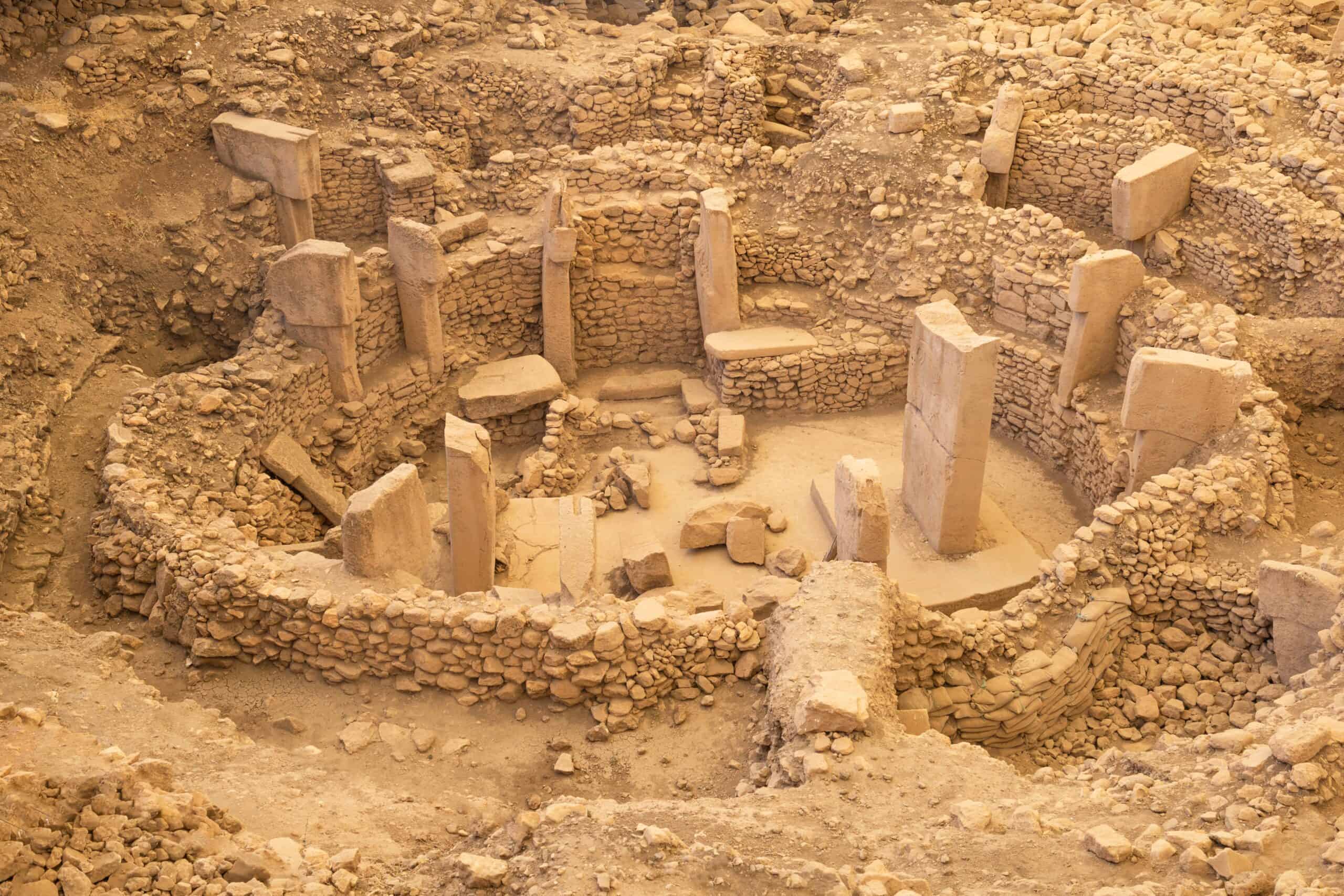
Göbekli Tepe, nestled in the mountains of southeastern Turkey, is one of the oldest known human-made religious structures, dating back over 11,000 years. This prehistoric temple complex, built by hunter-gatherers, consists of large T-shaped pillars adorned with intricate carvings of animals and abstract symbols. The purpose of Göbekli Tepe remains a mystery, but many archaeologists believe it was a sacred site for communal gatherings and rituals. The sheer scale and detail of this structure reveal a level of organization and skill previously thought impossible for such an early society. Its discovery challenged previous theories about the origins of civilization and suggests that religious beliefs may have been central to early human societies. Göbekli Tepe continues to intrigue researchers, offering new insights into humanity’s ancient past.
Easter Island Moai Statues, Chile
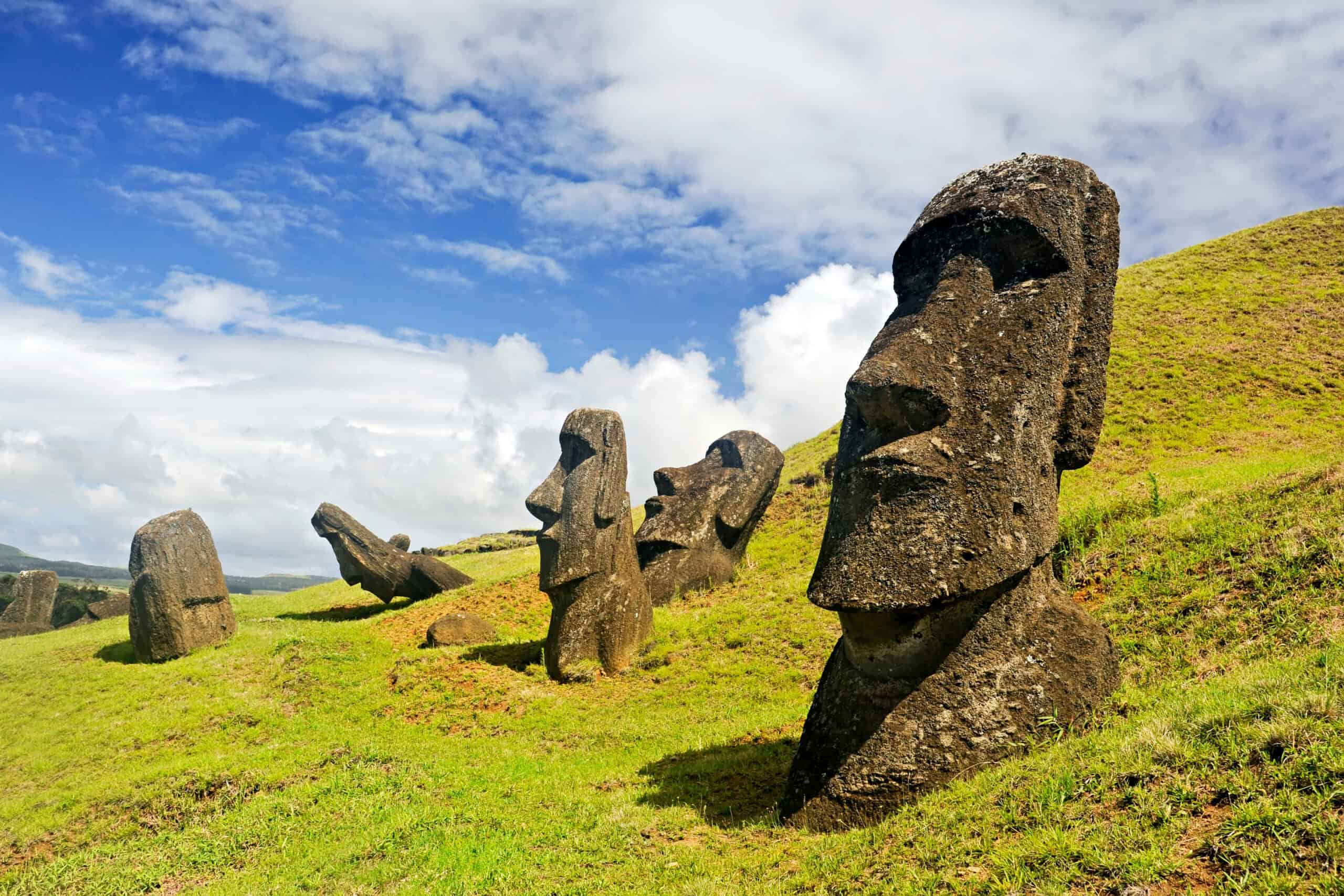
The mysterious Moai statues of Easter Island are some of the most iconic archaeological artifacts in the world. Carved by the Rapa Nui people between the 13th and 16th centuries, these massive stone figures, known as Moai, represent the island’s ancestors and were believed to protect the local communities. Each statue, carved from volcanic rock, has distinct features, with some standing over 30 feet tall and weighing several tons. Archaeologists believe the Moai were transported across the island using complex methods, showcasing the ingenuity of the Rapa Nui. These statues face inland, suggesting they watched over the villages. However, the reason for their sudden halt in production remains a mystery, adding to the intrigue of Easter Island. Today, the Moai stand as a powerful symbol of Polynesian culture and craftsmanship.
Acropolis of Athens, Greece
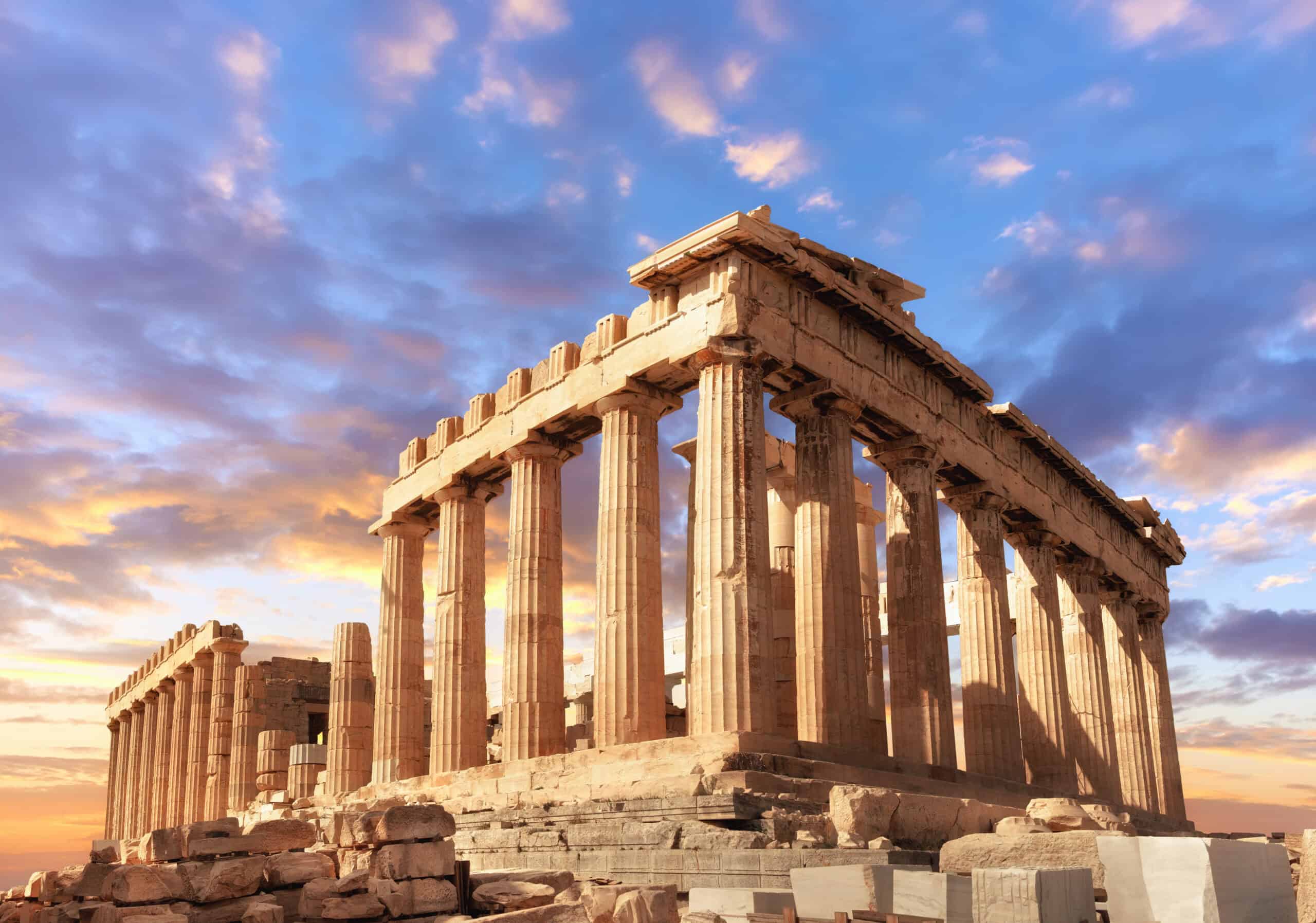
The Acropolis of Athens is a symbol of ancient Greek civilization and architectural mastery. Perched on a hill overlooking Athens, this historic complex includes the Parthenon, a temple dedicated to the goddess Athena, among other notable structures like the Erechtheion and the Temple of Athena Nike. Constructed in the 5th century B.C., the Acropolis represents the pinnacle of Greek art and philosophy, reflecting a period of immense cultural development. The Parthenon, with its iconic Doric columns, remains a marvel of engineering and aesthetics. Intricate sculptures and friezes depict mythological scenes, revealing the Greeks’ dedication to beauty and knowledge. The Acropolis was not only a religious center but also a symbol of Athenian democracy and power. It continues to draw admirers, reminding the world of Greece’s profound impact on Western culture.
The Terracotta Army, China
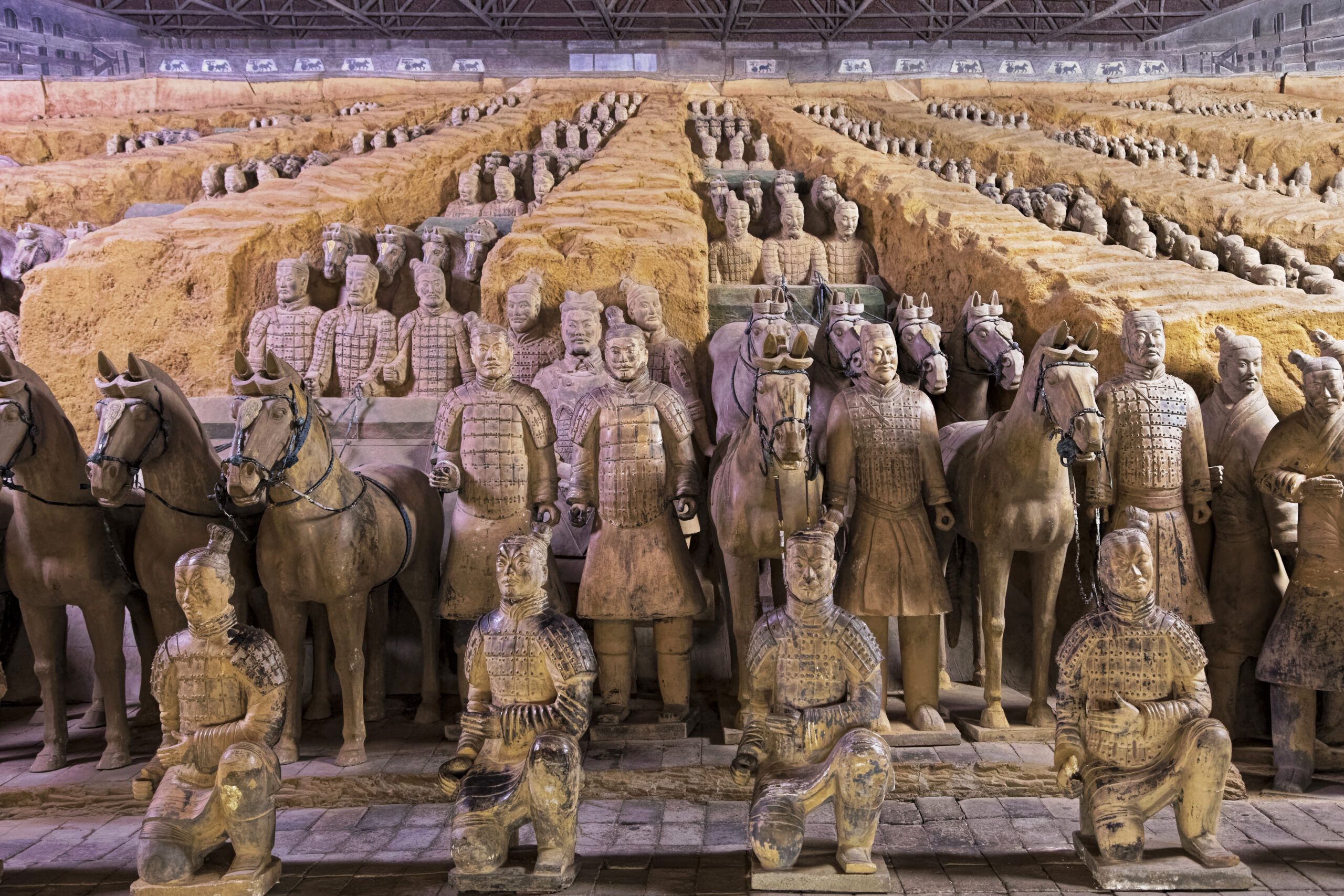
The Terracotta Army, discovered near Xi’an, China, is one of the most extraordinary archaeological finds of the 20th century. Built over 2,000 years ago, this vast army of life-sized clay soldiers was created to guard the tomb of China’s first emperor, Qin Shi Huang. Each figure is unique, with detailed facial expressions, armor, and weapons, showcasing the craftsmanship of ancient Chinese artisans. The army includes over 8,000 soldiers, along with horses, chariots, and other figures, highlighting the emperor’s desire for protection in the afterlife. The site offers insight into ancient Chinese beliefs about death, as well as the social hierarchy of the time. The Terracotta Army remains an awe-inspiring example of ancient funerary art, drawing visitors from around the world to witness this monumental tribute to China’s imperial past.
Valley of the Kings, Egypt
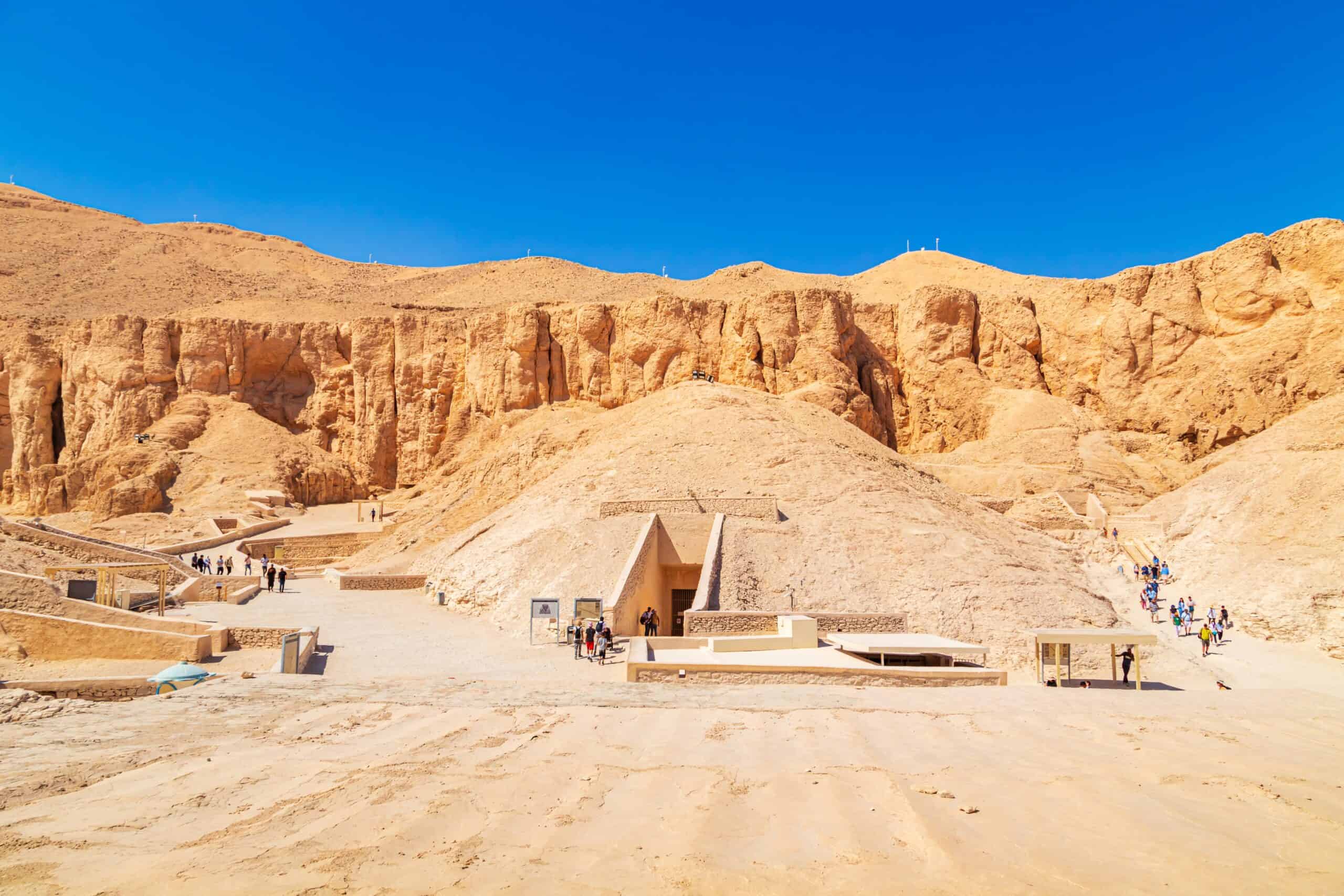
The Valley of the Kings, located on the west bank of the Nile River, served as the final resting place for many pharaohs of Egypt’s New Kingdom. This sacred valley is home to over 60 tombs, each intricately decorated with vivid paintings and hieroglyphs that depict the pharaohs’ journey to the afterlife. Among the tombs lies the famous burial site of Tutankhamun, discovered nearly intact in 1922, filled with treasures that astonished the world. Egyptian artisans carved these elaborate tombs directly into the valley’s rocky cliffs, showcasing their architectural prowess and spiritual devotion. Many chambers are adorned with mythological scenes, designed to protect the dead and ensure their eternal life. The Valley of the Kings remains a profound reminder of ancient Egypt’s wealth, artistry, and complex beliefs surrounding death and rebirth.
Sacsayhuamán, Peru
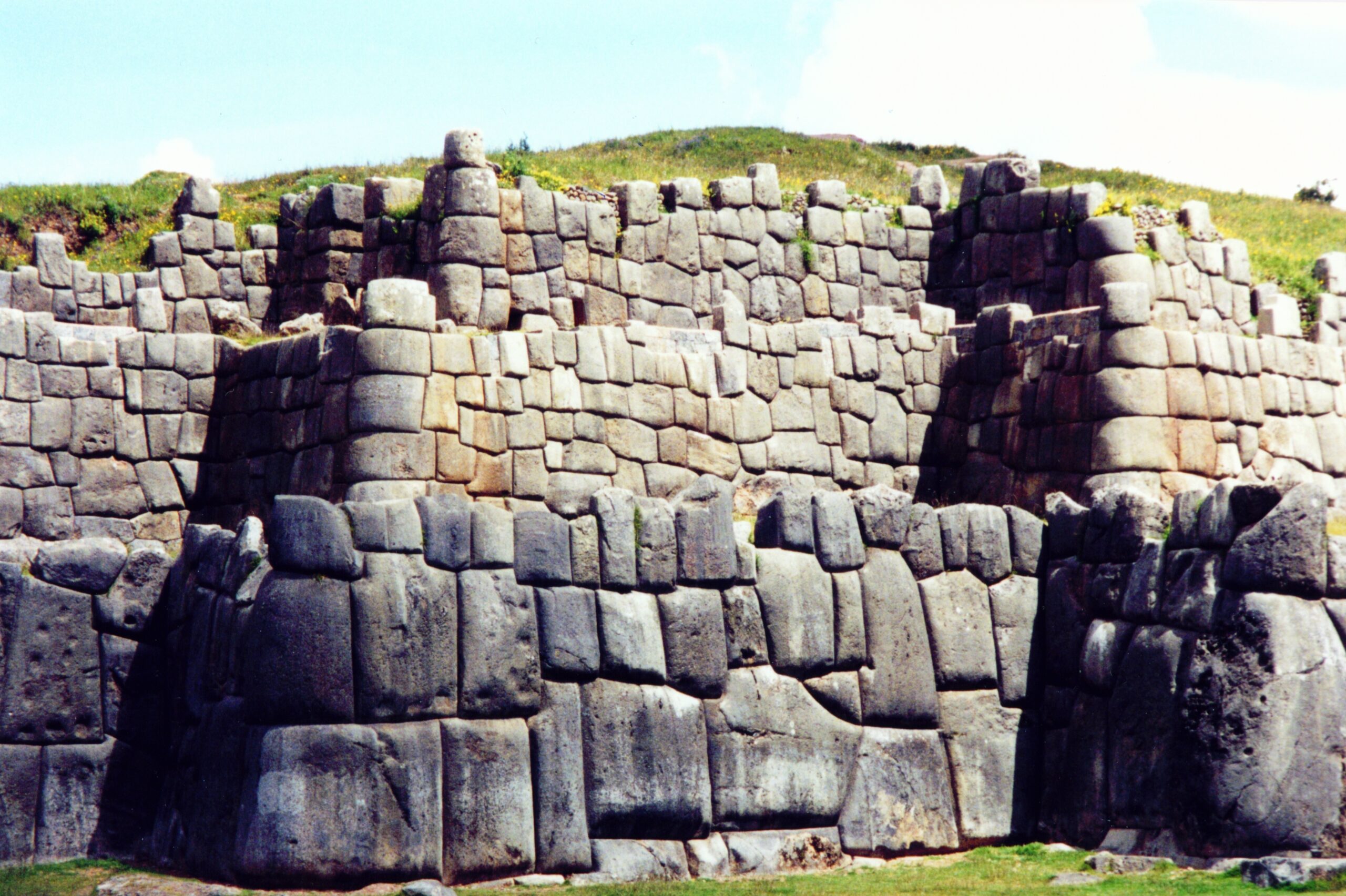
Sacsayhuamán, perched high above the city of Cusco, is a remarkable fortress complex built by the Inca civilization. Constructed from massive stone blocks, some weighing over 100 tons, this site showcases the Incas’ impressive engineering skills. Each stone was cut and fitted with such precision that no mortar was needed, and the stones fit together seamlessly. Sacsayhuamán served as both a ceremonial and defensive site, with its walls designed to withstand earthquakes and potential attacks. The site’s unique zigzag pattern symbolizes the head of a puma, an animal sacred to the Incas, with Cusco representing its body. Sacsayhuamán reflects the Incas’ deep connection to nature, as well as their understanding of engineering. Today, it stands as a testament to the strength and resilience of Incan culture.
Mohenjo-Daro, Pakistan

Mohenjo-Daro, located in the Sindh province of Pakistan, was a major city of the Indus Valley Civilization, dating back to around 2500 B.C. This ancient city reveals an advanced urban design, with streets laid out in a grid and a sophisticated drainage system that hints at early engineering innovation. Houses were constructed with baked bricks, featuring private wells and bathing areas, illustrating a focus on hygiene and urban planning. The city’s most iconic structure, the Great Bath, suggests that water held significant cultural or religious importance. Mohenjo-Daro’s artifacts, including pottery, seals, and sculptures, give insight into the daily life and artistic achievements of its inhabitants. The city’s mysterious abandonment adds to its allure, as scholars continue to study its decline. Mohenjo-Daro remains a significant archaeological site, preserving the legacy of one of the world’s earliest urban societies.
Teotihuacan, Mexico
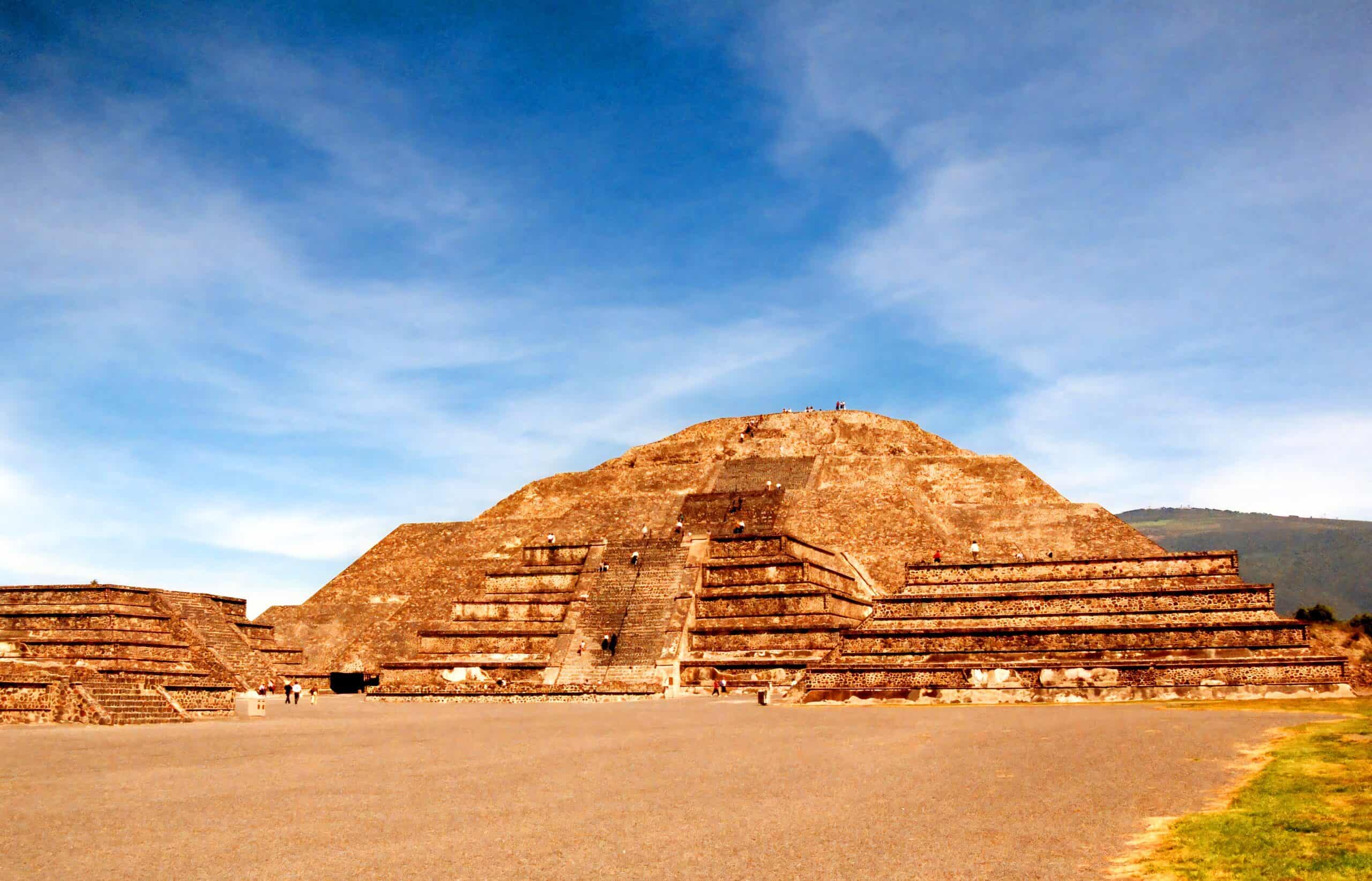
Teotihuacan, known as the “City of the Gods,” was one of the largest cities of the ancient world, flourishing around 200 A.D. Located near modern-day Mexico City, this sprawling site is famous for its monumental pyramids, including the Pyramid of the Sun and the Pyramid of the Moon. These impressive structures are aligned with celestial patterns, showcasing the advanced astronomical knowledge of its builders. Teotihuacan was a cultural and commercial hub, with evidence of trade routes connecting it to distant regions. The city’s layout reflects a high degree of urban planning, with wide avenues and residential compounds organized in grid-like patterns. Rich murals depict religious ceremonies, gods, and animals, giving insight into the beliefs and social life of its people. Despite its eventual decline, Teotihuacan continues to inspire wonder, revealing the complexity of Mesoamerican culture.
Mesa Verde, USA
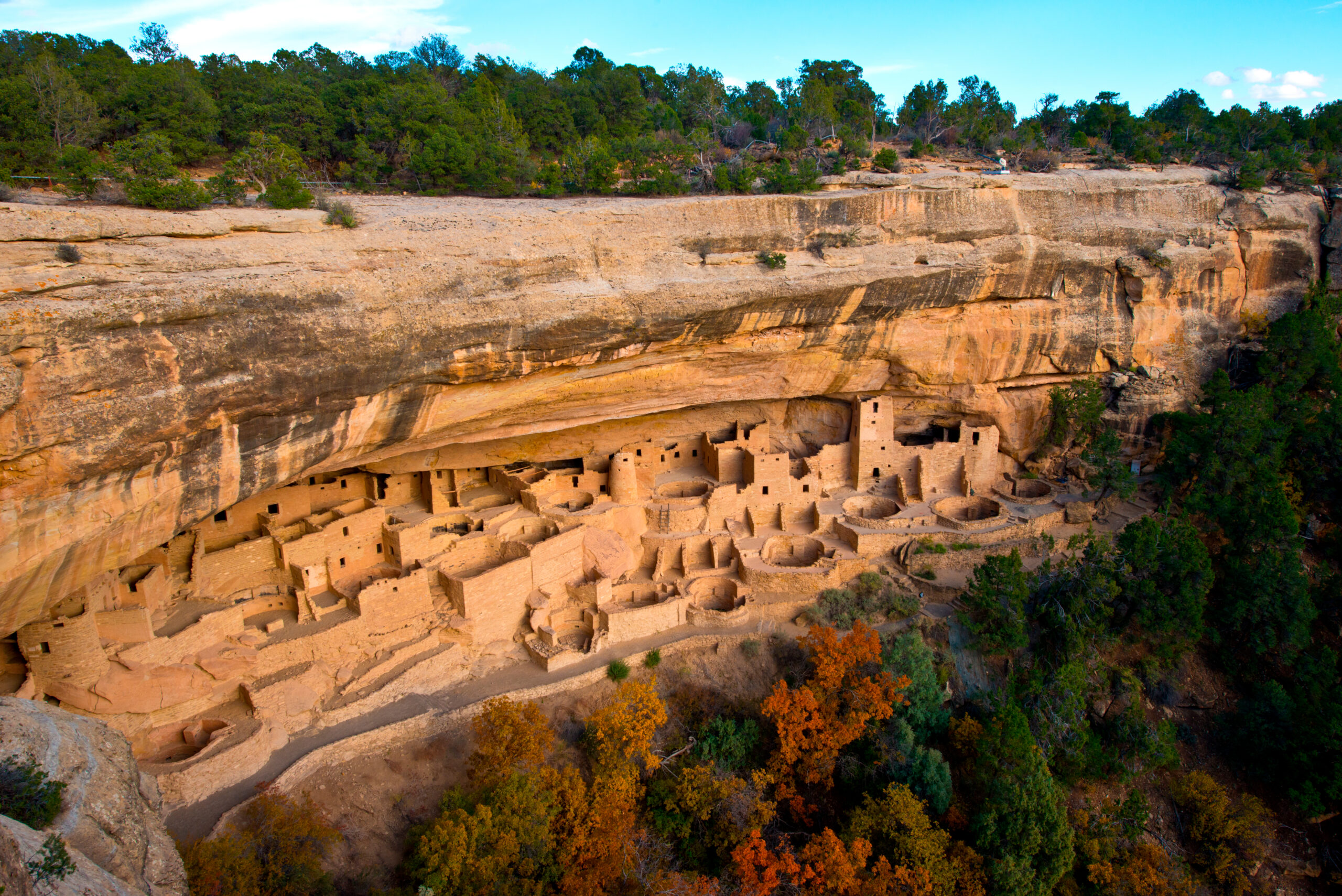
Mesa Verde, located in Colorado, is an impressive collection of cliff dwellings created by the Ancestral Puebloans over 700 years ago. This UNESCO World Heritage site includes intricate stone structures built into the cliffs, such as the Cliff Palace, which remains one of the largest cliff dwellings in North America. These homes, constructed in alcoves, offered protection from the elements and featured rooms for storage, living, and communal gatherings. The architectural design reflects an understanding of the environment, with buildings positioned to maximize natural sunlight during the winter. Artifacts found within the dwellings, like pottery and tools, reveal details of the daily lives and skills of the Puebloans. Today, Mesa Verde offers an extraordinary glimpse into the ingenuity and adaptability of its ancient inhabitants.
Hampi, India
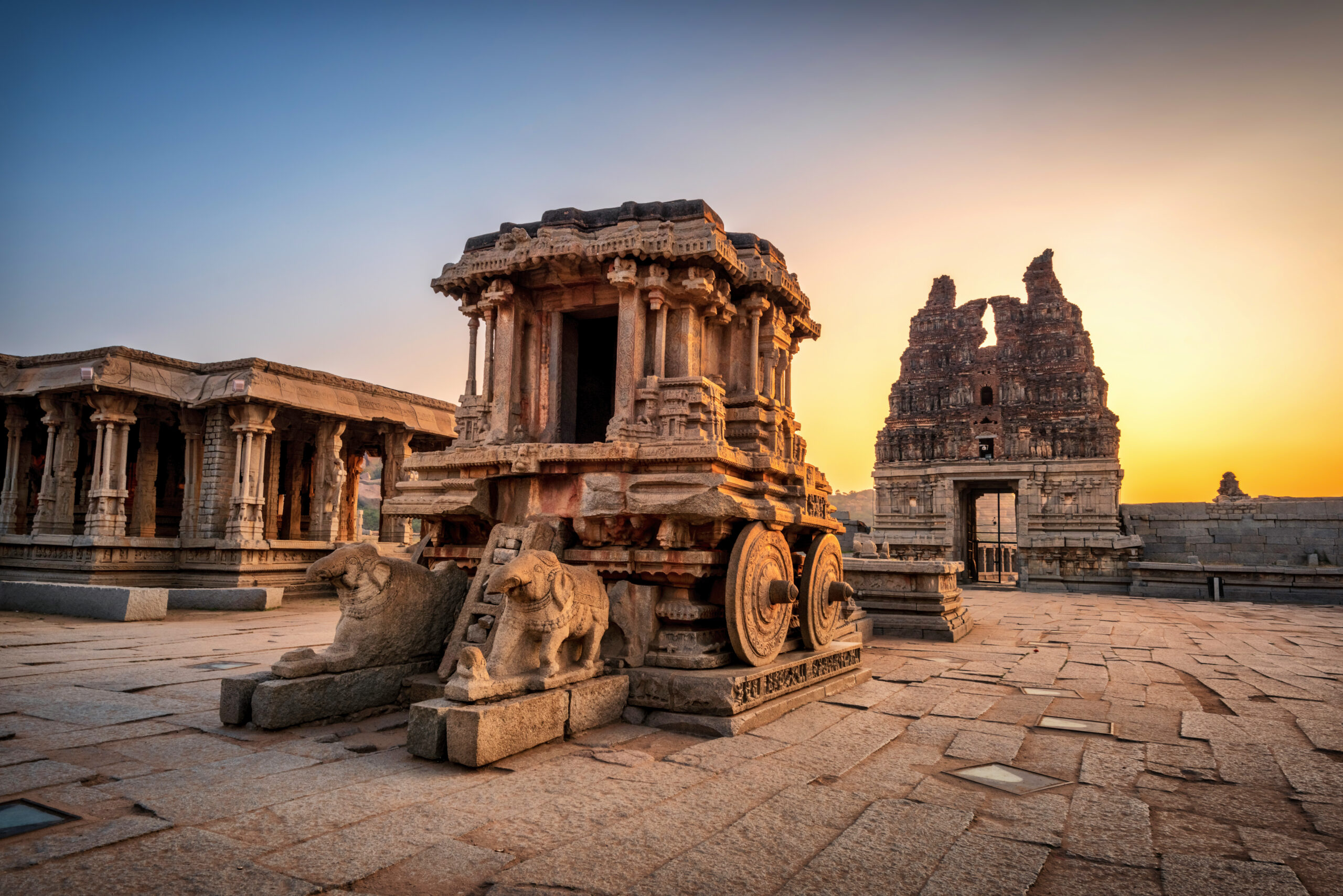
Hampi, the former capital of the Vijayanagara Empire, is a breathtaking archaeological site filled with temples, palaces, and markets. Located in southern India, this UNESCO World Heritage site was once a thriving cultural and economic center, renowned for its wealth and architectural beauty. The ruins include the famous Virupaksha Temple, dedicated to the Hindu god Shiva, and the intricately carved stone chariot at the Vittala Temple complex. Each structure showcases detailed carvings and sculptures, depicting gods, dancers, and animals. Hampi’s boulder-strewn landscape adds to its mystique, with the massive stones integrated into the architecture. This site reflects the splendor of the Vijayanagara Empire, as well as its commitment to art and spirituality. Despite its decline, Hampi’s ruins remain a testament to India’s rich historical and cultural heritage.
This article originally appeared on Rarest.org.
More from Rarest.org
11 Famous Buildings That Were Demolished Too Soon
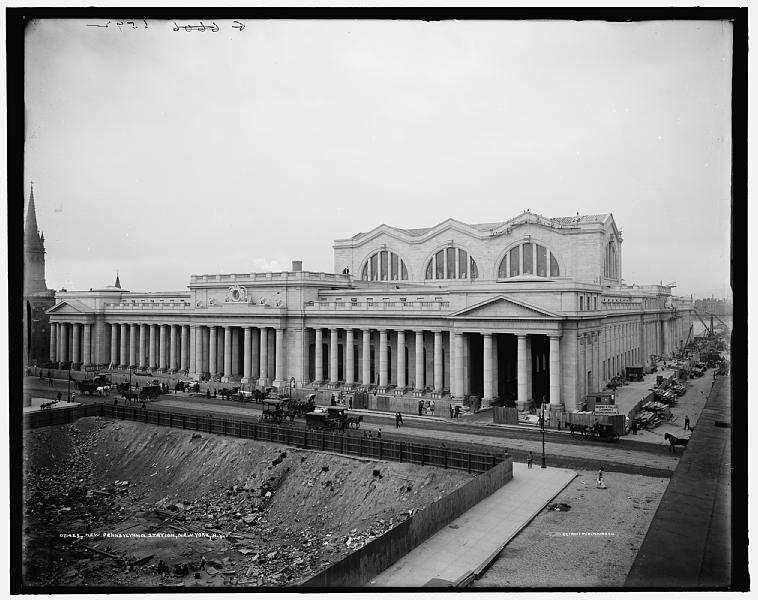
Throughout history, countless architectural marvels have been demolished, often too soon and for various reasons. Read More.
17 Unexpected Animal Architects with Unbelievable Building Skills

In the animal kingdom, survival often depends on more than just strength or speed—it requires creativity and skill. Read More.
14 Largest School Districts in the United States

The United States is home to some of the largest school districts in the world, serving millions of students across diverse communities. Read More.
